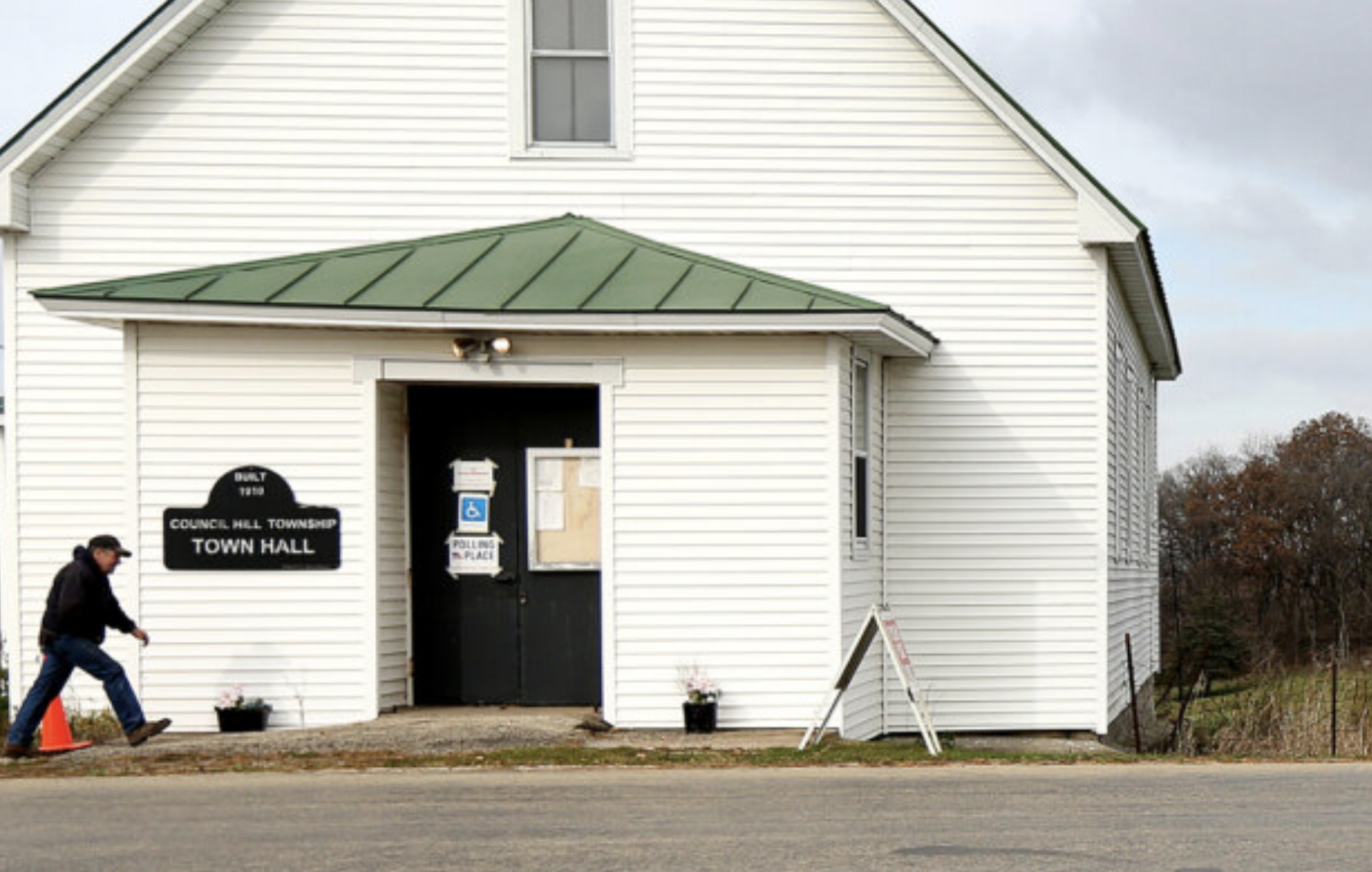Illinois: Still No. 1 in one thing…units of government

Illinois has 6,032 local governments, the most in the nation by a wide margin – and that excludes 859 school districts. It’s the main reason Illinoisans pay the nation’s second-highest property taxes.
You’d expect a state with fewer people after eight consecutive years of population loss would need less government. Wrong: Illinois has more government than any other state.
Even excluding its 859 school districts, Illinois has 6,032 local government units. No other state is even close. Texas is No. 2, but has over twice as many people with 1,762 fewer local governments.
Townships and municipalities are the most common governments. The rest are special units such as museum districts, mosquito abatement districts, and tuberculosis sanitation districts.
California’s population is three times Illinois’ but has nearly 2,600 fewer government units.
Some Illinoisans live within a township and a municipality that have nearly identical boundaries and services. Consolidation can save taxpayers’ dollars and prevent corruption in the process.
Former Crestwood Mayor Louis Presta and former Worth Township Supervisor John O’Sullivan both pleaded guilty to bribery charges surrounding a red-light camera scheme.
Consolidating townships, cities and other relics of 19th century government gives bad actors fewer opportunities to abuse their power.
In 2014, Evanston voters approved a plan to consolidate their township with the city. Both shared boundaries and leaders but were two different taxing bodies. In the first year after consolidation, the plan saved taxpayers nearly $800,000.
There are still 17 townships in Illinois with identical boundaries to their cities, meaning residents pay two separate tax bills for two sets of bureaucracy that could easily be handled by one government unit.
In 40 states, residents live under a maximum of two layers of local government. In Illinois, 61% of homeowners live under three. Some Illinoisans live under 16.
Consolidation starts with voters at the local level. It’s the quickest way to property tax relief for some of the most burdened homeowners, and can produce millions in savings.
A state task force created the model to make it easier for Illinoisans to dismantle government bureaucracies. State lawmakers have put the proposals in bill form as the Citizen’s Empowerment Act.
Miss Clipping Out Stories to Save for Later?
Click the Purchase Story button below to order a print of this story. We will print it for you on matte photo paper to keep forever.

